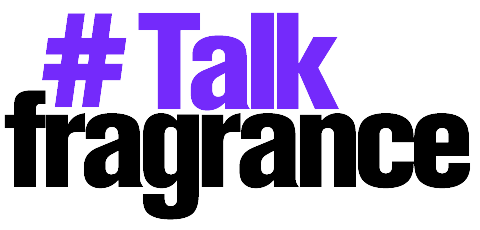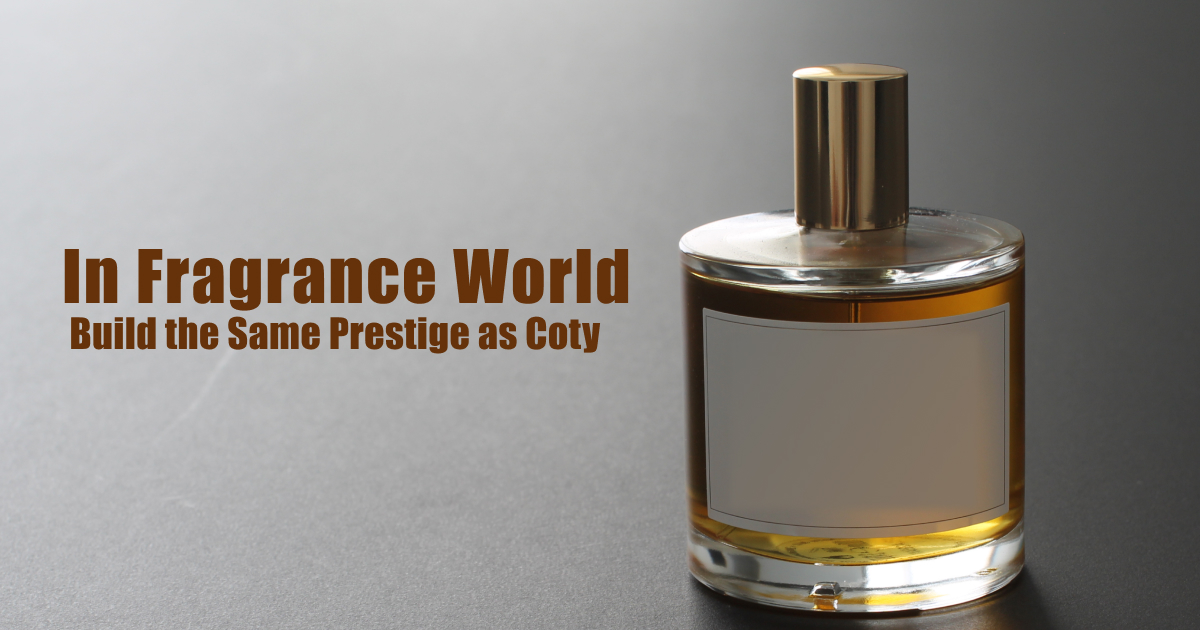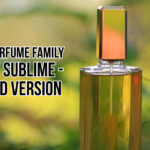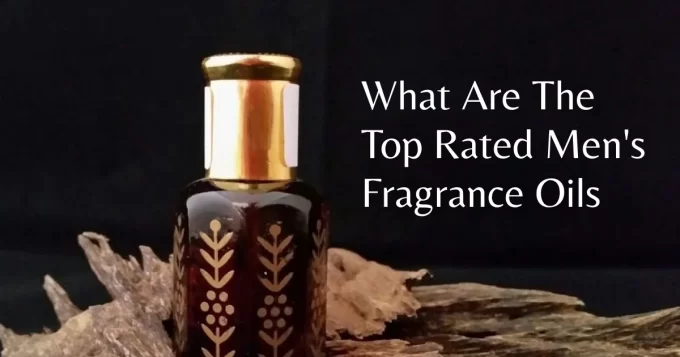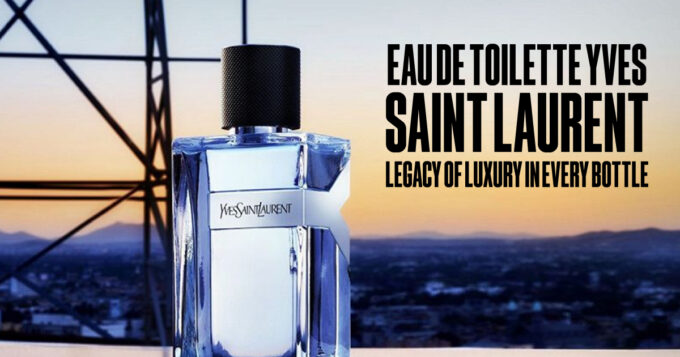Few perfumes have ever impacted the world of perfumery like Coty Chypre. It was founded in 1917 by legendary François Coty and turned out to be the foundation for the whole “chypre” family of fragrances, a term that fits more than just a fragrance, but more of a category of perfumes that captured the hearts of perfume lovers over a century ago. Coty Chypre can, therefore, be placed on the list of most iconic perfumes in perfume history while, at the same time, offering the basic structure for innumerable modern variants within the chypre family.
The New Science of Perfumery: The Birth of Chypre
Launched at a time when most perfumes were floral or single notes, Coty Chypre was in the vanguard of its time. François Coty wanted something distinctly different—a perfume that would capture the damp, rich earthiness of the Mediterranean island of Cyprus. Mossy, woody, citrus notes combine to give Coty an ancient yet modern feel. As one of the famous chypre perfumes, the lingering, earthy power of nature stood alongside elegance in Coty.
Over all, the traditional Coty Chypre consisted of the three central elements:
Citrus Top Notes: Smoky, fresh, and bright bergamot had given a thrilling start.
Floral Heart Notes: Its middle notes of rose and jasmine have infused the fragrance with romantic, charming charm.
Woody Base Notes: The earthy, grounding base of oakmoss, patchouli, and labdanum has provided the depth and mystery with which it concludes.
It was revolutionary for its time because it put brightness in consonance with richness, making for an advanced, multi-dimensional fragrance of this sort.
So, What Makes the Version Unique?
The magic of Coty Chypre lies in its balance, which really completes the richness of its fragrance. Most perfumes wear a linear fragrancing concentration, that is, they smell the same from start to finish. Chypre, on the other hand, wears out its concentration-fragrance with time. Citrus opening fades into floral heart and an earthy base, which lasts for hours. And it’s this development that gives chypre fragrances their staying power, their allure.
On the other hand, Coty Chypre is known for having a powerful sillage and long-lasting fragrances. Since this perfume has mossy and woody bottoming, it would not easily fade and will surely be tracked along someone throughout the day, thus drawing those who prefer perfumes with a trackable path.
Effect of Coty Chypre on Modern Fragrances
Coty Chypre was one of perfumery’s great creations: it was the precursor to an entire line. The chypre became a genre of leading perfumes; in fact, most later classics owe their inspiration to the chypre: Guerlain Mitsouko in 1919, Chanel Pour Monsieur in 1955, and Christian Dior Eau Sauvage in 1966.
Today, thousands of chypre fragrances borrow from the Coty master formula and, in doing so, incorporate novel ingredients and technologies. Chypres span the very expensive niche luxury houses to the mass-market-all through the visionary spirit of François Coty.
Chypre: The Perfume That Struck the Perfect Balance Between Fresh and Earthy
But what is a chypre, anyway? The traditional chypre composition is categorized into three distinct parts:
Citrus: Often bergamot, this makes up the bright, sparkling head.
Floral/Spicy: Flowers such as jasmine or rose may well feature in the midsection, but so too might cinnamon or nutmeg.
Woody/Mossy Base: A rich, earthy base, often oakmoss, patchouli, labdanum, or amber.
The elegance of the chypre perfumes is in their ability to blend freshness with richness and grounding depth. Citrus notes offer cleanliness and freshness, while the mossy woody bottom has a sensual, almost mystical quality.
Why a Chypre Perfume?
For those seeking an eternally classy perfume that can reveal and develop into subtle beauty and is, therefore, well suited to someone who will treasure the old chypre, Coty Chypre and its various successors are undoubtedly well above the sobriety this market often conveys today. A perfume is not only used to smell good with-which speaks of the story, emotion, and all its memories left suspended in the air, long after they are worn.
So many people who hold preferences for chypre fragrances find these very versatile. Be it a warm, bright sunny day of summer or a crisp night of autumn, the perfumes of chypre blend in perfectly with the season. Added to this, they are a bit more gender-neutral, and this attracts both men and women in love with understated and multi-layered fragrances.
Modern Advancements of Chypre Perfumes
Although that one is no longer sold in stores, nor being put on the production line these days, many new perfumes come out today in the name of contemporary chypre paying homage to that original Coty Chypre. Here are some of the modern chypres keeping it going:
Chanel’s Coco Mademoiselle
A totally fresh, modernistic take on a chypre structure, put through a sugar-coating twist
Tom Ford’s Noir de Noir
A rich unisex perfume combining the scent of rose, patchouli, and earthy notes in one full-bodied intoxicating fragrance.
Acqua di Parma’s Colonia Essenza.
Light and elegant, this is a chypre breathing the air of modernity into a classic composition.
Creed’s Aventus.
A woody fragrance, it is claimed, the bergamot, patchouli, and oakmoss do fill out the chypre structure.
These instances prove that chypre still is strong in modern perfumery and one achieves aromatic experiences that are rich and so tempting.
Conclusion
Coty Chypre was more than a perfume because it was part of perfume history. The creation by François Coty defined the scope of what could be done in the area of perfumes and paved a way for an entire style that would stand the test of time. Although the original Coty Chypre is no longer produced today, its influence can be seen in much of the best-known perfumes enjoyed currently.
Whether you are someone who is beginning with chypre perfumes or someone who has long followed the beauty and elegance, then the utilization of a chypre perfume can undoubtedly be said to be the crossing of a step to tradition of elegance and complexity, which few other perfumes may state. So next time you are on a hunt for a full-bodied smell that will linger, do not forget to include a chypre because with broad usage, it has stood the test of time.
